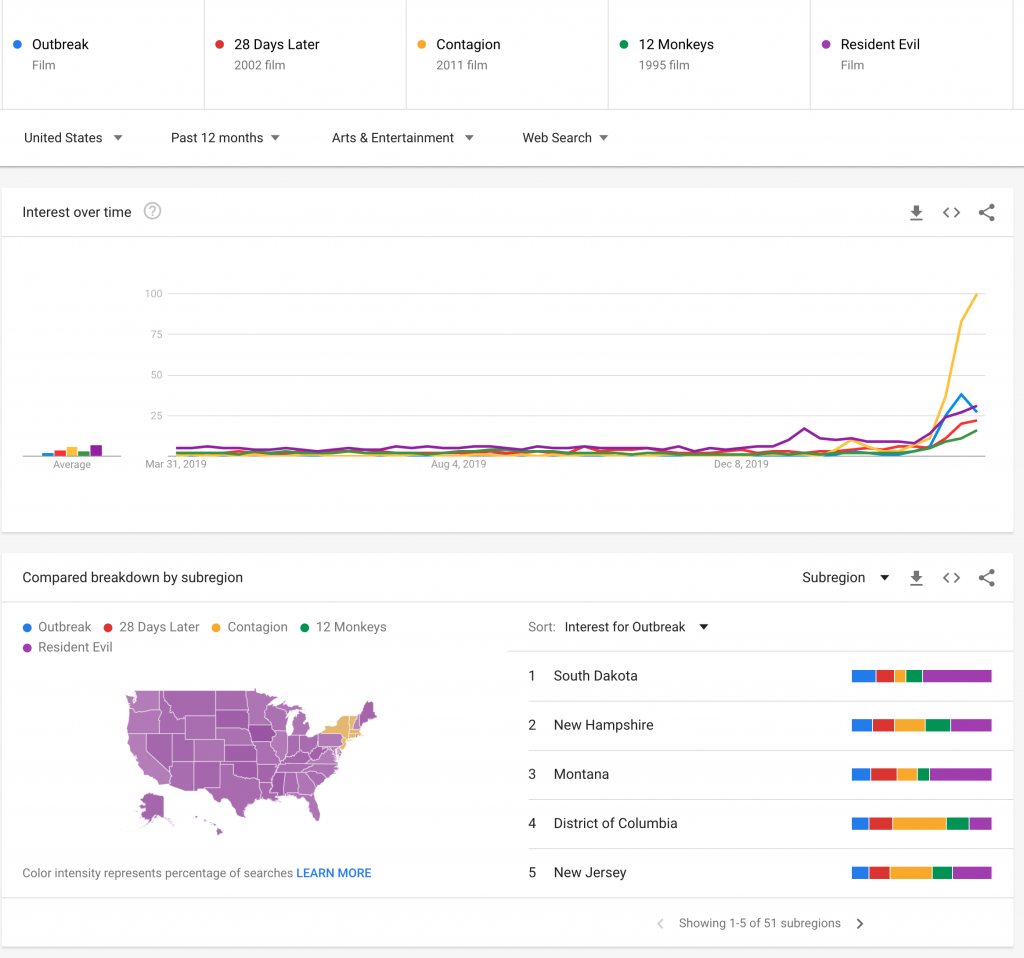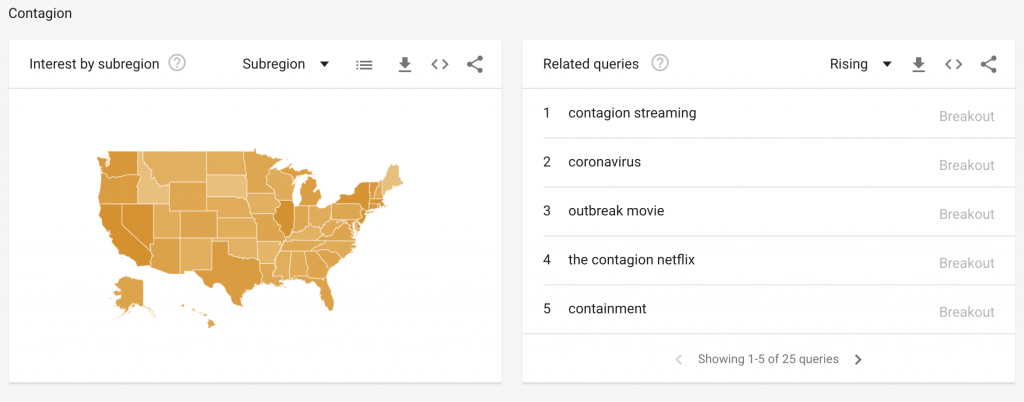LIFE! (Am I right, folks? That guy knows what I’m talking about.) Life can be horrific. But you ask yourself: is there any way to defend myself from the horrors of life? By golly, there sure is! With my patented (patent pending) new list of handy hints, entitled “Everything I Needed To Know About Life I Learned From Horror Movies”, you too can withstand the horrors of Life. Ironically, I culled these awesome life skills from horror movies themselves! It’s like getting an antidote from the poison that’s killing you! So sit back and relax, you soon won’t need to worry because you’ll be well-armed against all horrors that life can throw your way … but then I guarantee that YOU WILL BECOME THE HORROR! (Not a guarantee.) I got 99 problems but horror ain’t one.
1.) At the FIRST sign that a house is dangerous, GET OUT!
2.) Do NOT go into that room.
3.) Someone who is wearing a hockey mask, but who is not playing hockey, WILL KILLYOU!
4.) If you are young and pretty and blonde, YOU DIE FIRST!
5.) If you are young and pretty and brunette, YOU WILL DIE SECOND, THIRD, FOURTH, etc.
6.) If you are plain, you live. Ugly lives; pretty dies.
7.) An inbred family is evil.
8.) People who live in nature are evil.
9.) Do not run into a forest. Or walk. Do not go anywhere near a forest.
10.) Do not open a door that squeaks. All doors squeak.
11.) Do not get too close to a window. Windows were made to be smashed.
12.) Do not make wagers with anyone, especially strange men in bars who have three fingers on one or both hands, or who wear overly large rings on their pinkie fingers.
13.) Pretty girls do not approach guys for ANY reason except to take them for a ride into the BOWELS OF HELL!
14.) All killers either have no hair or lots of it.
15.) Evil people who are buried are not dead.
16.) Geeky/pretty girls can both kill you with their minds.
17.) All ghosts have back stories, and they are not your friends.
18.) If there’s something in the bushes, leave it there.
19.) If your vehicle stalls for no apparent reason in the middle of nowhere, you are dead.
20.) If there is a light in the night sky shining down on you, it is not an angel.
21.) If the man you are talking to has a first or last name that is an anagram for either “Satan” or “Lucifer”, do not stay for a chat.
22.) Really normal people have horrific secrets.
23.) If there is a long knife shining in the moonlight on a kitchen counter, see Rule #1.
24.) Children who stand and stare at nothing are evil.
25.) Children who talk in monotone are evil.
26.) Twins have evil mind powers.
27.) During a full moon do not go into the woods. Or stay in a house with all doors and windows locked. Or go for a drive. Or go swimming. There is no way to escape a full moon.
28.) Do not swim naked.
29.) Do not do ANYTHING naked.
30.) Sex is evil.
31.) The suggestion of sex is evil.
32.) If you are in a house where you lock all doors and windows, the killer is inside the house already.
33.) If you barricade the only door in a room, the killer will come through the window or break down a wall or crash through the ceiling or explode up through the floor.
34.) A blind or disabled person never dies. Stick close to them.
35.) A creepy priest … is a creepy priest.
36.) If you’re not expecting a call, do NOT pick up the phone.
37.) If you do pick up the phone and don’t know who it is, hang up, rip the phone out of the wall, and move to another country.
38.) The call is ALWAYS coming from inside the house. Go to Rule #1.
39.) Do not split up to cover more ground.
40.) The killer will always be able to move faster than you.
41.) The car will not start on the first try.
42.) If the car does not start, do not waste time checking under the hood.
43.) If a cop shows up in the middle of nowhere to help you, KILL HIM.
44.) The crazy old man who gives you a spooky warning is RIGHT.
45.) Do not get out of the boat.
46.) If you’ve got a bite on your hook, let go of the fishing rod.
47.) Do not waste bullets shooting at shadows.
48.) If you’re in an alien environment and one of your crew has had an accident, do NOT bring them back into the ship. KILL THEM.
49.) The strange thing your team found does not need to be further investigated. BURN IT.
50.) If your spouse is acting strangely, they are having an affair with SATAN!
51.) If there are too many flies on the window, go to Rule #1.
52.) If a light goes on the boathouse, leave it alone.
53.) NEVER go outside in your pajamas.
54.) Killers love girls who wear nighties.
55.) The girl who goes to bed early in order to sleep or catch up on homework will live.
56.) Smokers die. Drinkers die. Drug users die. Whores die.
57.) If a dog barks at nothing, let it.
58.) If your dog runs off into the night, you are down one dumb dog.
59.) When a dog barks, sniffs, howls, paces, scratches, etc., go to Rule #1.
60.) If a cat screeches or hisses, go to Rule #1.
61.) Your gun will jam just when you need it most.
62.) Guns NEVER kill killers.
63.) If a box is locked, there’s a reason. Sell it to some other sucker.
64.) If something is glowing, don’t touch it.
65.) The mysterious figure in the distance who walks funny is not your savior, it’s a zombie.
66.) The number 666 should be avoided in all its manifestations.
67.) It is not a medical condition if your child has a number branded into their head.
68.) Running NEVER saves anyone.
69.) Screaming alerts killers to your location.
70.) Do NOT fall asleep.
71.) The killer is ALWAYS behind you, no matter which way you’re facing.
72.) It’s better to be dead. The living do sequels.
73.) If you limp, you will soon need to run.
74.) If you are brushing your hair in a mirror, you will soon see the killer just off to the right or down a bit. When you turn around, they will be gone.
75.) That thing outside you heard was not a raccoon. Do not go outside to make sure. Still, you do not have long to live. Call police or run screaming out of the house (see Rule#1) and head to a well-lit, crowded place.
76.) Killers do not go into crowded malls in the daytime.
77.) Night shift security guards are no help.
78.) A cop car will always speed by you, lights and sirens at full tilt, as you crawl and gasp on the ground.
79.) A cop is always late, always goes to the wrong place, and always points his/her gun at the innocent person.
80.) Few killers strike at dawn.
81.) NEVER take a shortcut.
82.) Do NOT leave to go get help.
83.) Whoever taunts others by saying “Chicken?” will die soon.
84.) The macho guy and the slut will die soonest.
85.) Curiosity will kill you quicker than common sense.
86.) The killer is either someone you know, or someone only one person knows, or someone no one knows.
87.) All doctors are evil and/or ineffectual.
88.) If there is a killer and a bear in the woods, you need to fear the killer; you won’t see the bear, and the bear won’t kill the killer for you.
89.) Very few actors in horror movies, who were not famous before, ever become famous.
90.) No child is killed by the killer unless said child is shown not to be a child at all.
91.) Killing the killer with instruments not typically used as weapons make the best weapons.
92.) Religious people will die, especially if they are shown to sin or are crazy.
93.) The best horror movies are low budget.
94.) A blonde must die before a brunette.
95.) If there is only one person with either red or black hair, they are evil.
96.) The faster the victim runs, the slower the killer walks.
97.) Humanoid aliens are good, but believed to be evil. Non-humanoid aliens are pure evil.
98.) Vampires are beautiful or very ugly, or they start beautiful but turn ugly when they get hungry.
99.) Pretty people stay pretty when dead.
Where to find more from Rob:
robbliss.flazio.com
twitter.com/BlissRob
https://necropublications.com/collections/rob-bliss
https://www.facebook.com/rob.bliss.779
https://www.goodreads.com/author/show/19496667.Rob_Bliss
Tritone’s love of horror and mystery began at a young age. Growing up in the 80’s he got to see some of the greatest horror movies play out in the best of venues, the drive-in theater. That’s when his obsession with the genre really began—but it wasn’t just the movies, it was the games, the books, the comics, and the lore behind it all that really ignited his obsession. Tritone is a published author and continues to write and write about horror whenever possible.



